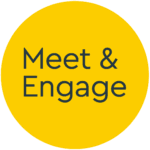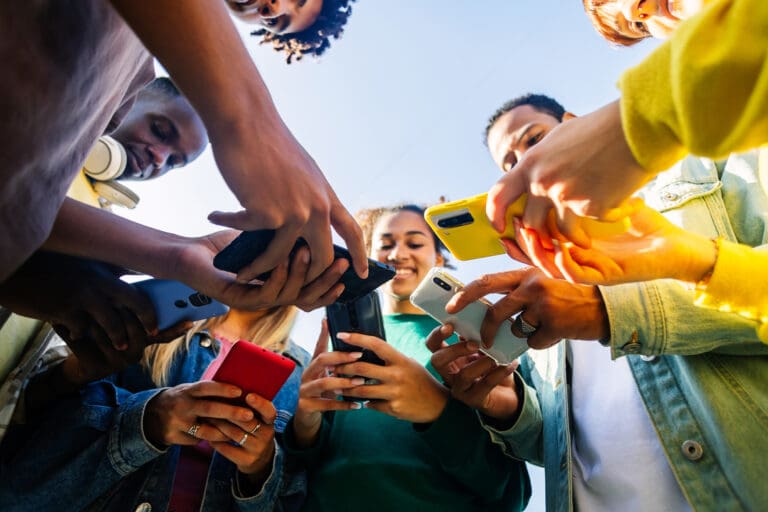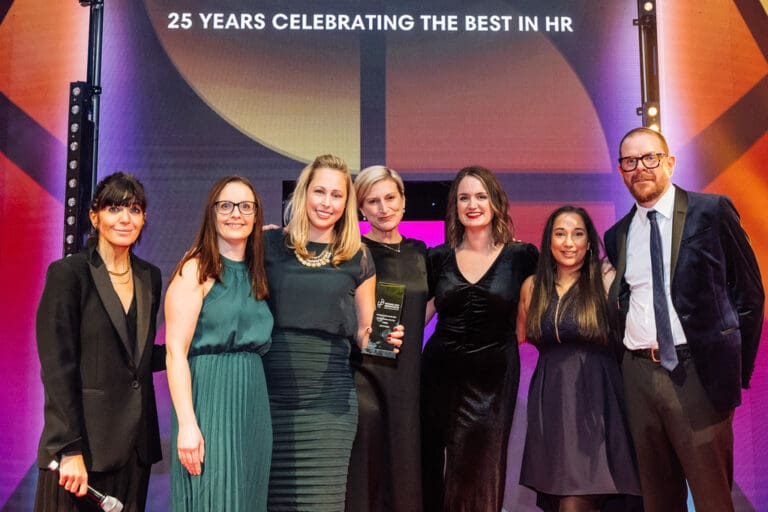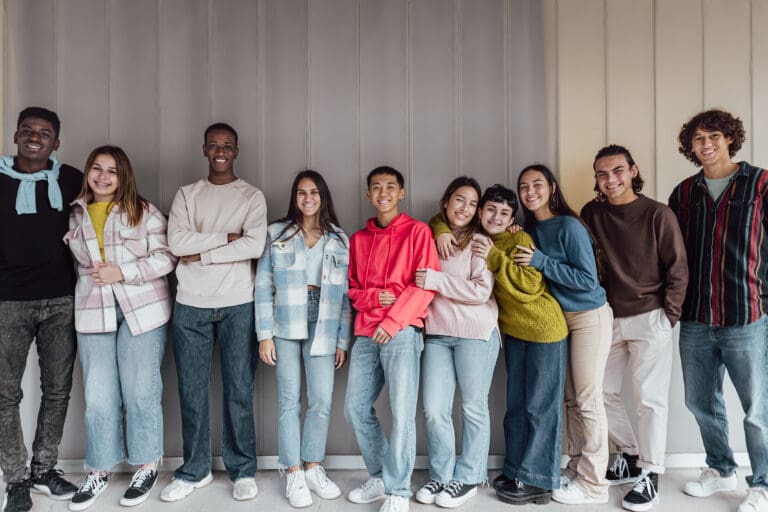Did you know that neurodiversity impacts hiring, retention and career progression for millions of people in the workforce?
To find out more about what neurodiversity means and how employers can take tangible action to address these challenges, we spoke to Theo Smith.
Theo is a Neurodiversity Evangelist and Founder at Neurodiversity at Work, where he consults with leading businesses on strategies to enable a more inclusive workplace for people with neurodivergent characteristics. He’s also the author of the best-selling book, ‘Neurodiversity at Work: Drive Innovation, Performance and Productivity with a Neurodiverse Workforce’.
So, what is neurodiversity?
Well, neurodiversity is a term used to describe people that have a range of differences in individual brain function and behavioural traits, regarded as part of normal variation in the human population. This includes people who may have autism, ADHD, anxiety, dyslexia, dyspraxia, vision or hearing conditions and much more.
When you think about it, that encompasses a lot of people – especially in the modern workforce! In fact, studies suggest that 1 in 5 employees are neurodivergent.
Yet, while 20% of the workforce may be neurodiverse, how many organisations have implemented inclusive strategies to help these individuals navigate the hiring process, the onboarding journey and beyond?
Unfortunately, not very many.
At Meet & Engage, we believe that our recruiting technology can create social impact in the hiring process, democratise access to your brand and amplify inclusive cultures.
Let’s take an inside look at neurodiversity in the workplace and discuss how we can inspire a generation of change.
Make neurodiversity a priority
Neurodiversity encompasses an infinite range of differences in brain function and behavioural traits. For too long, neurodivergent individuals have been marginalised by society because of the way their brain works.
The dominant business structures of the 20th century (which are currently undergoing a much-needed transformation) were not set up to enable neurodivergent thinking. These systems are very much a rigid structure where one must look, think and sound a certain way to succeed.
While much progress has been made in tackling diverse representation at organisations, it seems that neurodiversity, perhaps due to its ‘hidden nature’, has been sorely under addressed.
Creating an inclusive experience for neurodiverse people must span across the entire employee lifecycle, from attraction to selection to onboarding and beyond.
“Many of the recruitment processes that organisations use to attract candidates are broken. We use archaic job descriptions that have been written by HR departments to effectively manage a workforce. Somebody who is neurodiverse would find it very difficult to understand what companies are trying to say when they use such complex and nuanced language,” says Theo.
Job ads, which serve as the first touchpoint for a role, can therefore marginalise and dissuade a large proportion of applicants that will struggle to understand what the position is asking for.
“This is a big problem,” notes Theo. “Someone who is neurodivergent will either apply for the wrong jobs or go nowhere near the role in the first place.”
To address this, employers need to find new ways of serving people content that best aligns with their cognitive preference and abilities. Not everyone prefers to read text (or can do this effectively). Some may enjoy video content, while for others, certain colours or sounds may impact learning and development.
“Content has a big part to play in this. We need to go back and rethink the content we use at the front end, but that then runs right through the hiring journey,” says Theo.
To combat this, employers need to “individualise the approach and use technology as an enabler. Start by asking the candidate, ‘What can we do to improve this experience for you?’ ‘Can we do anything or change anything to make this a better experience for you?’”
As Theo notes, “Around 5% of people have ADHD, 10% are dyslexic and 3% autistic. In total, around 20% of the population – give or take – fall within the neurodiverse group, meaning they will be marginalised because of the way their brain works.”
Employers have not only a moral obligation, but also a strategic responsibility to encourage diversity of thought and ensure that neurodivergent candidates feel encouraged, supported and respected throughout the hiring journey.
How Timeline can offer personalised virtual onboarding experiences for neurodiverse employees
At Meet & Engage, our technology can be used to better personalise the hiring journey for any candidate – which is especially useful for applicants that are neurodiverse.
Consider Timeline, our virtual onboarding platform. Timeline is all about nurture – keeping candidates excited about your proposition and helping them understand more about your business before they join.
With Timeline’s custom workflows, you can personalise the onboarding experience for every candidate that touches your brand. When it comes to neurodiverse candidates, this onboarding experience can be tailored to an individual’s specific preferences and behaviours.
In other words, a user could self-select their preferred learning style and receive a choice of video, text-based information, infographics or audio to allow people to choose what works best for them.
While this would require strategic thinking and tactical execution to create different types of content, once the bulk of the content has been created, Timeline’s automation will do the heavy lifting and seamlessly transition neurodiverse hires through an onboarding journey that best meets their needs.
This idea isn’t just limited to onboarding, either.
Inspire & Nurture, our suite of live virtual events and automated talent nurture comms, helps employers attract and engage talent – from initial discovery through to offer acceptance.
In this instance, the hiring journey can be customised to create a more inclusive experience for neurodivergent candidates. Content, assessments and interviews could be personalised to an individual’s preferred learning style, while still maintaining the structural integrity of the recruitment process.
As we move into the future, we’re hoping that more employers will start to consider how neurodivergent candidates and hires can be supported and inspired at each step along the recruiting and onboarding journey.






